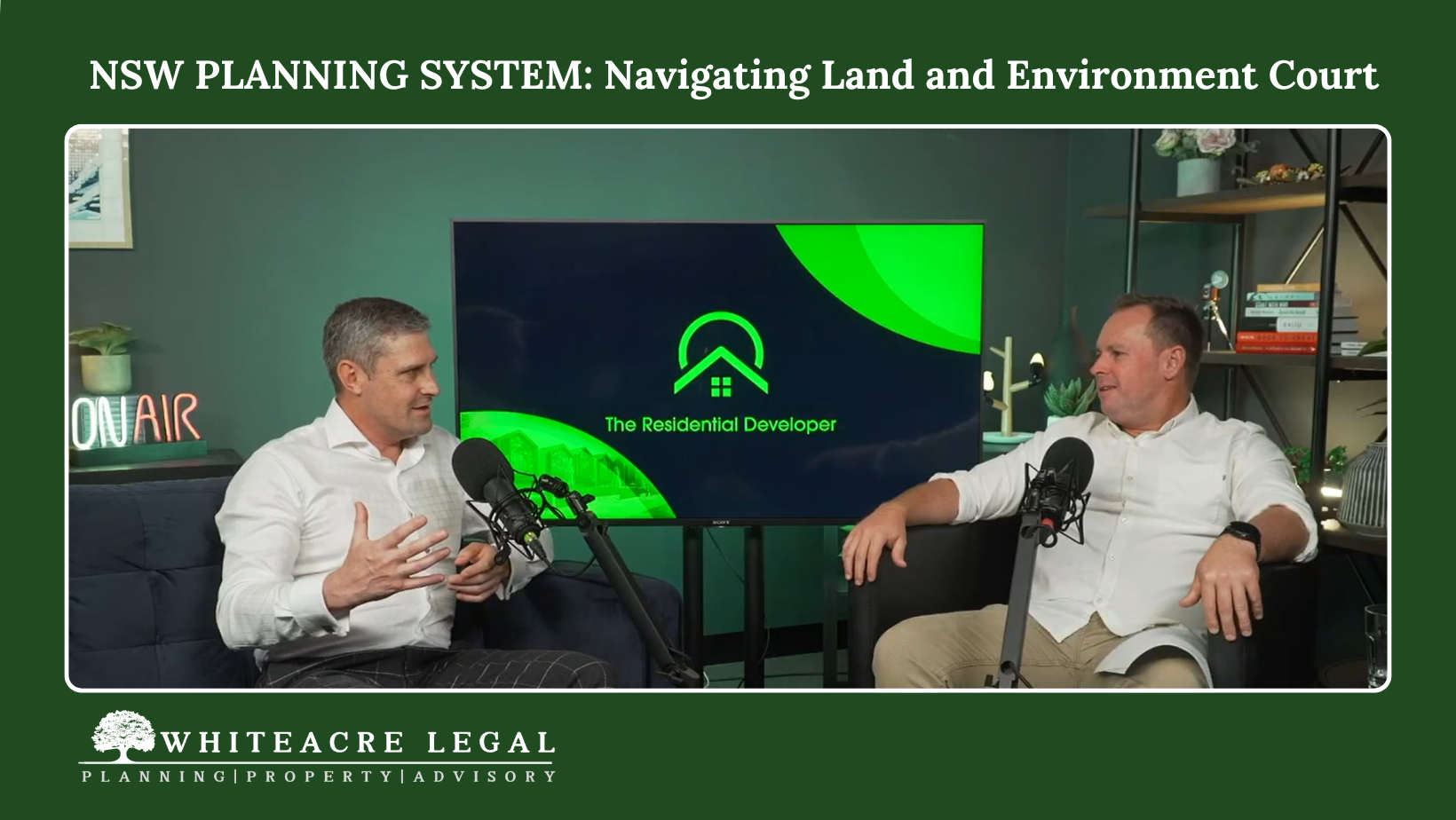When subdivision may not be considered development carried out on land
Subdivision, alone, may not constitute development “on land” and thus trigger development restrictions.
Introduction
This article explores a recent decision in the NSW Land and Environment Court in which the Court held that paper subdivision of land, without more, may not constitute subdivision “on land” and may thus not trigger obligations imposed by instruments such as the State Environmental Planning Policy (Resilience and Hazards) 2021 (RAH SEPP).
The recent decision of Goldcoral Pty Ltd (Receiver and Manager Appointed) v Richmond Valley Council [2024] NSWLEC 77 (Goldcoral), which aligns with similar cases concerning subdivision and development, clearly illustrates this point.
Subdivision – General Principles
Subdivision of land involves dividing land into 2 or more parts and often involves physical works (for which a subdivision works certificate is required) such as roads, earthworks and drainage works being carried out on the land. Subdivision is a species of development and is defined in s 6.2(1) of the Environmental Planning and Assessment Act 1979 (EPA Act) as:
“the division of land into 2 or more parts… [to adapt] for separate occupation, use, or disposition”.
Subdivision is often prohibited within sensitive ecological zones. Even when permissible, it may require extensive reporting and other onerous requirements. But what is being prohibited? The subdivision of land into 2 or more parts or the carrying out of works to achieve the subdivision?
Issues often arise with developments when a proposed development spans multiple parcels of land with different zoning. For example, a single land parcel may contain land zoned R2: Low Density Residential and a small portion of C2: Environmental Conservation. Further, areas within those zones may be mapped on local or statewide maps as containing heritage items or coastal wetlands and other areas of high biodiversity significance. It therefore becomes critical to define the exact nature of the subdivision and whether subdivision is being carried out on all the land, or on parts of the land outside sensitive areas.
Goldcoral
In Goldcoral, the developer appealed the Council’s refusal of a development application that set out the first stage of a residential subdivision. The land in question contained residential and conservation zones and a thin sliver of area mapped as sensitive coastal wetlands under the Coastal Wetlands and Littoral Rainforests Area Map under the RAH SEPP. The land proposed for the residential subdivision was wholly within the R1 General Residential zone.
Issue
Nonetheless, the Council contended that development would still be carried out on land identified as coastal wetlands because one of the lots within the land to be subdivided contained a sliver of land mapped as coastal wetlands. The argument goes that because subdivision is a species of “development” under the EPA Act and because s 6.2(2) of the EPA Act defines subdivision as including “procuring of the registration in the Office of the Registrar-General of … a plan of subdivision…” the definitions in the EPA Act make it clear that subdivision of land does not require the carrying out of works on land; merely dividing land by drawing lines on a plan of subdivision that is registered could suffice.
Consequently, because Goldcoral was carrying out development on land mapped as coastal wetlands, it was potentially caught by the RAH SEPP as integrated development; requiring an Environmental Impact Statement.
Chapter 2 of the RAH SEPP maps and regulates the development of coastal management areas. Clause 2.7(1) requires development consent for development “on land” including clearing or harming vegetation, earthworks, constructing a levee, land draining, environmental protection works, and “any other development”.
Council contended that subdivision fell within “any other development”.
Resolution
Chief Justice Preston of the LEC at [78], rejected the Council’s argument that the subdivision should be considered development “on land”, for two reasons:
-The proposed subdivision did not involve any division of the land identified as coastal wetlands.
-Mere subdivision by procuring registration does not involve carrying out development on land.
The subdivision itself was not enough to enliven the requirements under the RAH SEPP.
Boundary of Subdivision
Preston CJ reviewed the phrase “any other development” contained within cl 2.7(1)(d) of the RAH SEPP. While all parties agreed that subdivision is considered development, Preston CJ found at [78] that its boundaries ran along the outer edge of the sensitive coastal area.
Similar court decisions support that, SEPP application should be excluded where subdivision has not impacted the land zoned for protection: Hood Rural Resources Pty Ltd v Bathurst Regional Council [2009] NSWLEC 1366 at [48]; Bregenhoj v Northern Beaches Council [2023] NSWLEC 117 at [24].
It was suggested that as the proposal did not impact (i.e. subdivide) the coastal wetlands, the RAH SEPP should not apply.
Physical Work
Preston CJ also determined, at [79], that mere subdivision of land through procuring a plan does not involve development “on land”. Preston CJ noted that the examples of development within clause 2.7(1) of the RAH SEPP, all required physical work on the land. The catch-all “any other development” also required doing something on the land.
Subdivision is considered development “on land” where it extends to physical works such as the preparation of roads and lots: Planners North v Ballina Shire Council [2021] NSWLEC 120 at [33]. However, previous court decisions support Preston CJ’s finding that without proposed work on the land zoned for protection, designated development requirements should not apply: High Dune Pty Ltd as Trustee for High Dune Unit Trust v Wollongong City Council [2023] NSWLEC 1181 at [22]; Kingshill Development No 1 Pty Ltd and Kingshill No 2 Pty Ltd v Port Stephens Council and Hunter and Central Coast Regional Planning Panel [2023] NSWLEC 1478 at [351].
Preston CJ stressed at [79] – [80] that:
“… The procuring of the registration of a plan of subdivision might involve the subdivision of land, which is development, but that subdivision is not “carried out on land.” To carry out development on land involves doing something on the land…”
Conclusion
Goldcoral clearly illustrates the approach to subdivision and designated development. It reaffirms the idea that subdivision, alone, does not amount to development “on land” under instruments like the RAH SEPP.
Goldcoral is not authority for the proposition that subdivision is not development. It clearly is. Goldcoral clarifies the position that, in some contexts, subdivision is considered development “on land” where it extends to physical works carried out on the land. It is critical to consider the context of a proposed subdivision, its boundaries, and whether physical works are to be conducted.
Key Takeaways
- Subdivision is development and caught by the EPA Act.
- Subdivision near sensitive areas may not automatically trigger development restrictions.
- Subdivision without physical works is not considered development "on land”.
The contents of this article are a general guide and intended for educational purposes only. Determination of the types of issues discussed in this article is complex and often varies from case to case and involves an understanding of matters of fact and degree. Opinions on those matters can vary and be matters on which reasonable minds may differ.
DO NOT RELY ON THIS ARTICLE AS A SUBSTITUTE FOR COMPETENT LEGAL ADVICE.
Require further Assistance? Please do not hesitate to call us on (02) 9145 0900 or make an enquiry below.
We will get back to you as soon as possible.
Please try again later.
Browse by categories

Servicing all of NSW, Whiteacre provides expert property law and planning and environment law advice and assistance.
✓ Planning Law Advice
✓ Land and Environment Court Appeals
✓ Voluntary Planning Agreements and Contributions
✓ Development Control Orders and Enforcement
✓ Property Development Advice and Due Diligence
✓ Title Structuring
✓ Easements and Covenants
✓
Strata and Community Title legislation
Book an initial consultation through our website with our planning law solicitor. Whether it's about planning and environment law or property law, you can approach us and discuss your matter to make sure we are a good fit for your requirements.

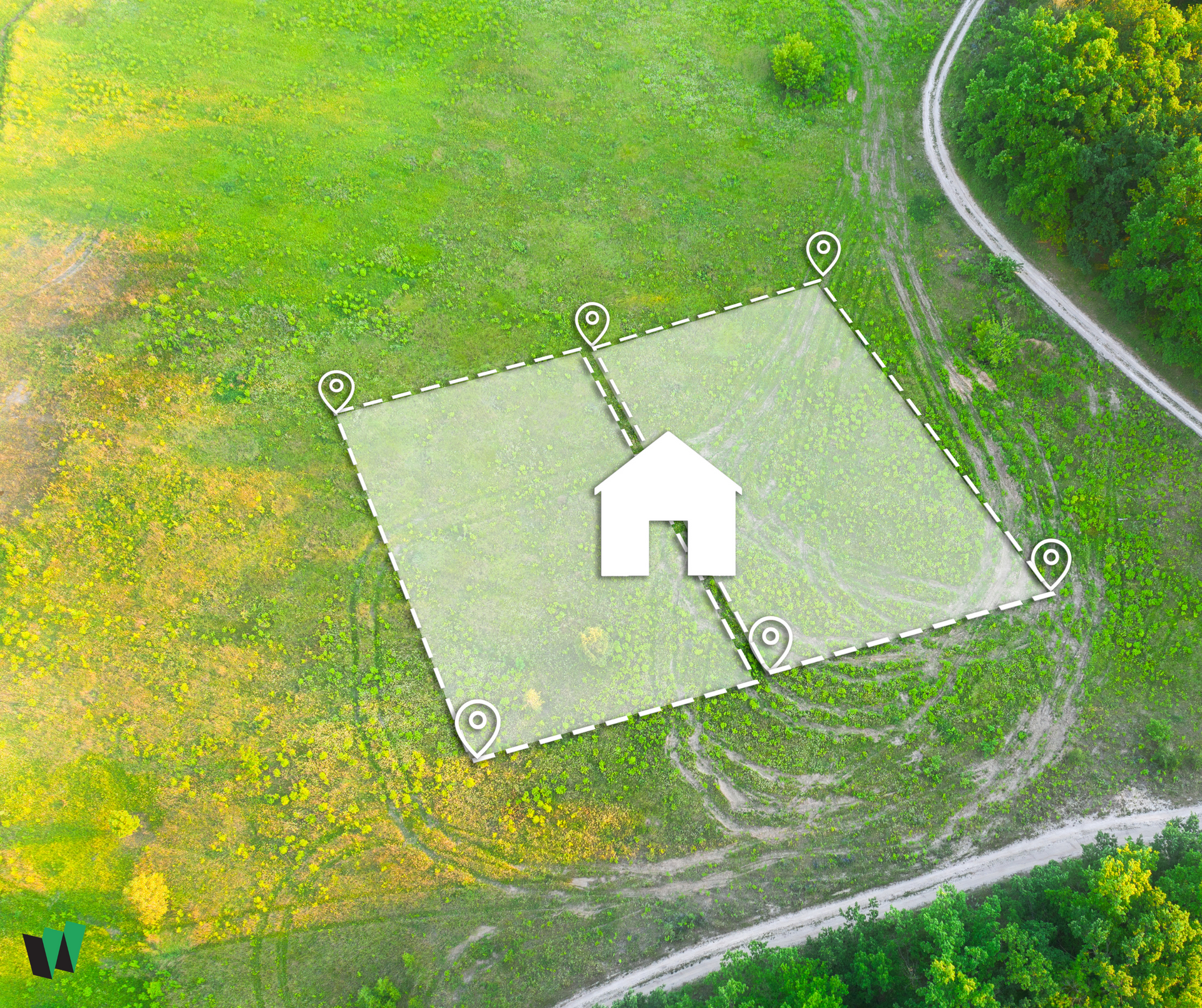
Need expert advice?
Whiteacre Legal are committed to achieving solutions for clients.
Book an initial consultation today so we can assist you further.
Contact Us
We will get back to you as soon as possible.
Please try again later.

Whiteacre is a boutique property law firm specialising in planning and environment law. We bring more than 20 years of experience acting for private developers, private equity funds and local councils, giving us a unique insight into the significant challenges that each side faces for development applications, planning agreements or support for complex litigation matters.
Get In Touch
Phone:
Head Office
Wollongong
Suite 3, 129 Crown Street,
Wollongong NSW 2500
LinkedIn Page

News and Insights


Whiteacre is a boutique planning and property law firm specialising in planning and environmental law. We bring more than 20 years of experience acting for private developers, private equity funds and local councils, giving us a unique insight into the significant challenges that each side faces for development applications, planning agreements or support for complex litigation matters.
Get In Touch
Phone
Head Office
Wollongong
Suite 3, 129 Crown Street, Wollongong NSW 2500
Other Locations
LinkedIn Page
News and Insights

Client Reviews

Slide title
Write your caption hereButton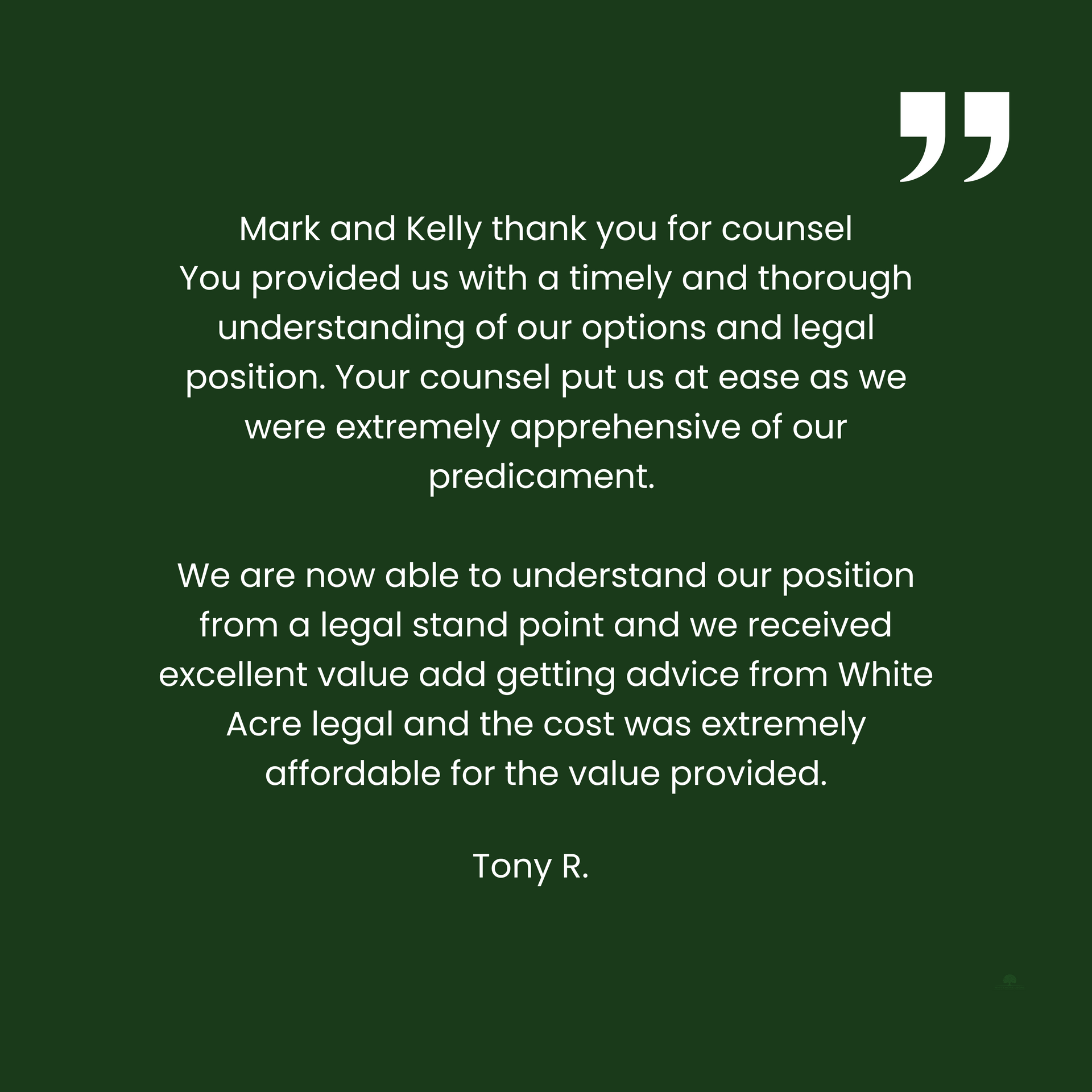
Slide title
Write your caption hereButton
Slide title
Write your caption hereButton
Slide title
Write your caption hereButton
Slide title
Write your caption hereButton
Slide title
Write your caption hereButton
Slide title
Write your caption hereButton
Slide title
Write your caption hereButton
Slide title
Write your caption hereButton
Slide title
Write your caption hereButton
Slide title
Write your caption hereButton
Slide title
Write your caption hereButton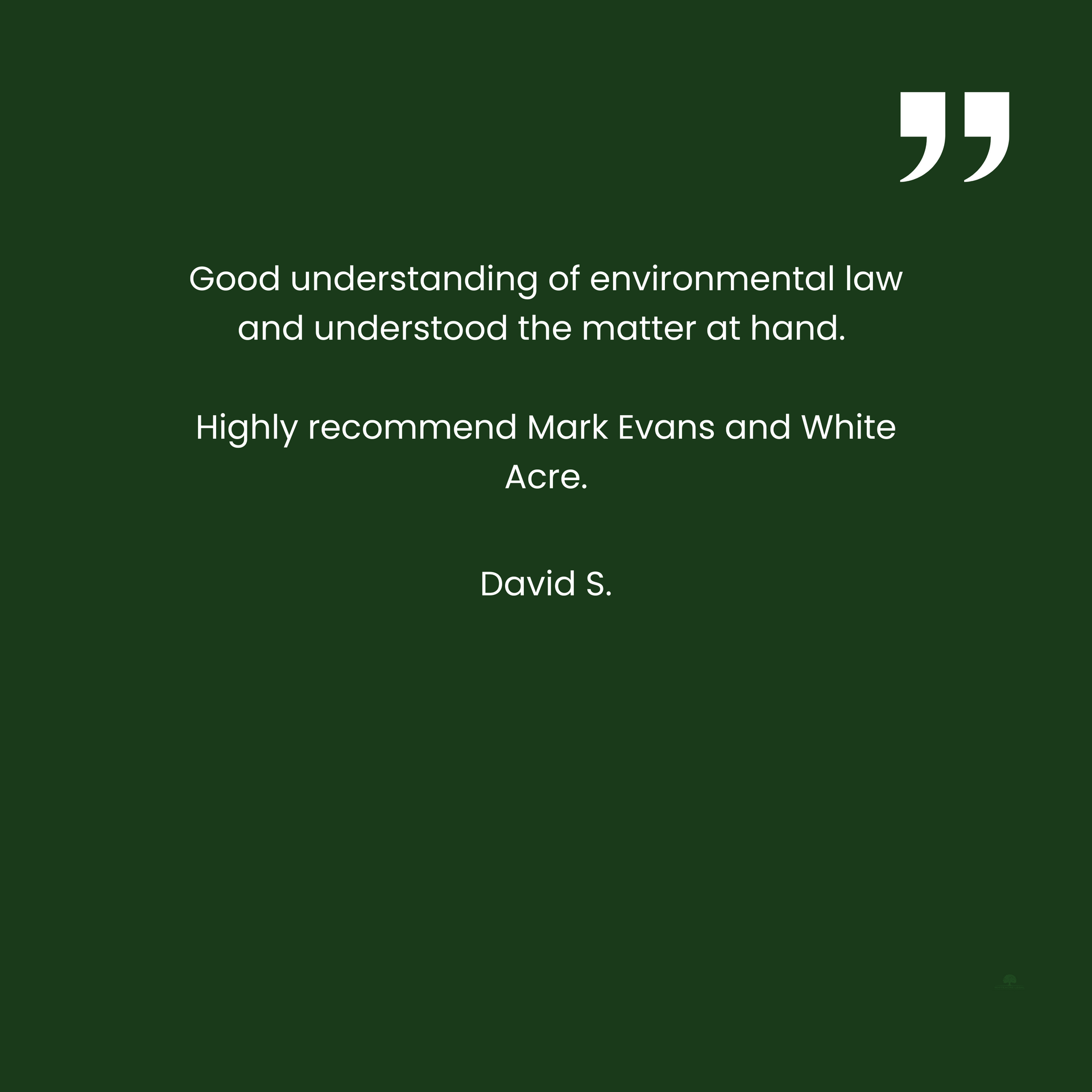
Slide title
Write your caption hereButton
Slide title
Write your caption hereButton
Slide title
Write your caption hereButton
Slide title
Write your caption hereButton
Slide title
Write your caption hereButton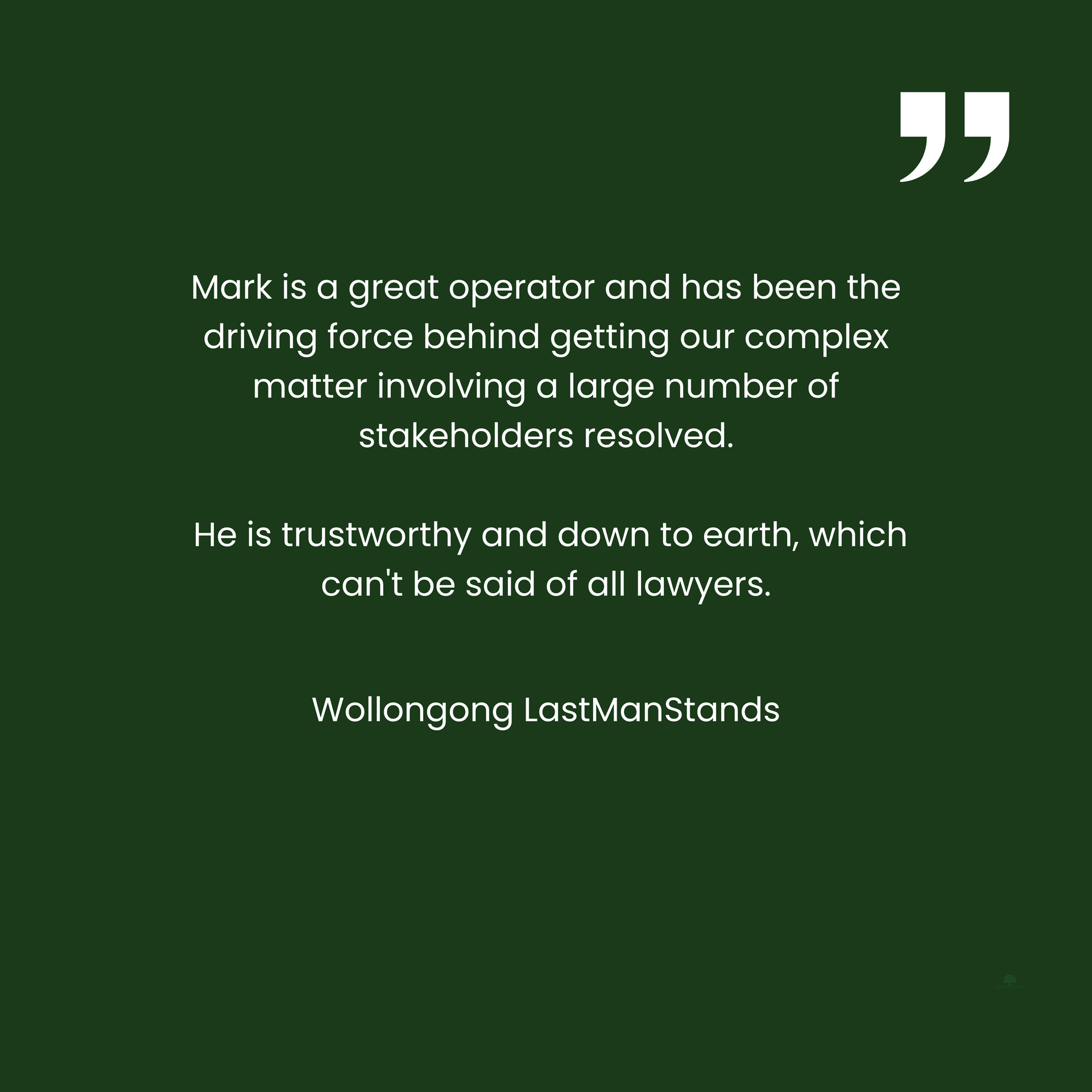
Slide title
Write your caption hereButton
Slide title
Write your caption hereButton
Slide title
Write your caption hereButton
Slide title
Write your caption hereButton
Slide title
Write your caption hereButton
Slide title
Write your caption hereButton
Copyright 2024 Whiteacre Legal

